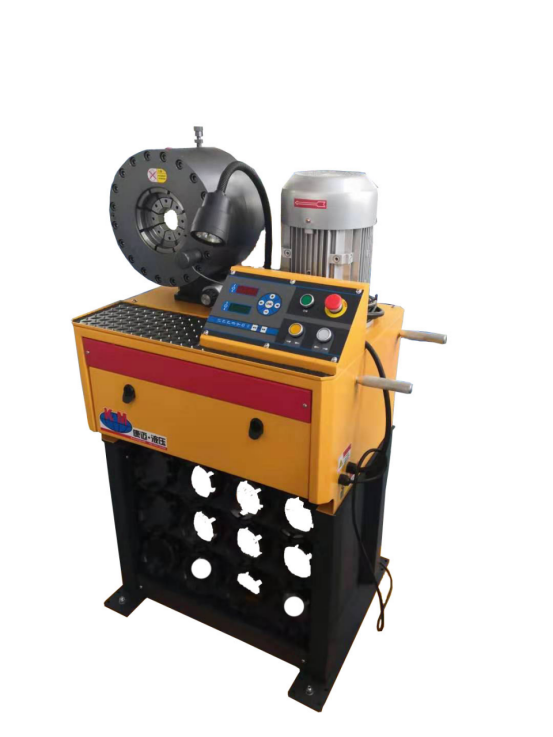335345435
nov . 05, 2024 13:15 Back to list
different types of hydraulic fittings
Different Types of Hydraulic Fittings
Hydraulic systems are essential in various industrial applications, from construction to manufacturing. A crucial component of these systems is hydraulic fittings, which connect hoses, pipes, and tubes, ensuring a tight seal to prevent leaks and maintain system efficiency. Understanding the different types of hydraulic fittings is vital for selecting the right ones for specific applications.
1. Hose Fittings Hose fittings are designed to connect hydraulic hoses to equipment, machinery, and other hydraulic components. Common types of hose fittings include crimped fittings, which are securely attached to the hose using a special machine, and compression fittings, which rely on a tightening mechanism to create a secure connection. The most widely used sizes for hose fittings are the JIC (Joint Industry Council) and NPT (National Pipe Thread) fittings.
2. Pipe Fittings Pipe fittings are utilized to connect pipes in a hydraulic system. They come in various forms, including elbows, tees, and couplings. Elbow fittings change the direction of flow, while tees split the flow into multiple directions. Pipe fittings can be manufactured from various materials, including steel, brass, and plastic, depending on the system's requirements.
different types of hydraulic fittings

3. Quick Couplings Quick couplings provide a convenient way to connect and disconnect hydraulic lines without losing fluid. These fittings are particularly useful in applications where equipment needs to be frequently connected and disconnected, such as in agricultural machinery or in maintenance tasks. Quick couplings are available in various styles, including push-to-connect and threaded options, providing flexibility for different system designs.
4. Adapters Adapters are fittings used to connect two different types of fittings or systems, such as changing the thread type or connecting a hose to a pipe. They are crucial in hydraulic systems that require hybrid connections, allowing for compatibility between various components.
5. Flared Fittings Flared fittings have a distinctive design that offers a strong seal for high-pressure applications. They feature a conical flare on the end of the hose or tube, which connects to a corresponding flared fitting. This design is excellent for preventing leaks and ensuring a secure connection, making flared fittings ideal for heavy-duty hydraulic systems.
Conclusion Choosing the right hydraulic fittings is essential for the success and efficiency of hydraulic systems. Whether utilizing hose fittings, pipe fittings, quick couplings, adapters, or flared fittings, it is important to consider factors such as pressure ratings, size compatibility, and the specific application requirements. By understanding the different types of hydraulic fittings available, engineers and technicians can ensure optimal performance and reliability in their hydraulic systems. Proper selection and maintenance of these fittings can significantly extend the lifespan of both the fittings themselves and the overall hydraulic system.
-
High Pressure 4SH Hydraulic Hose for Heavy Duty Applications
NewsJul.29,2025
-
Hydraulic Hose Wholesale – Custom Pressure Hoses & Fast Supply
NewsJul.29,2025
-
High-Quality Distribution PTFE Hose for Industrial Applications
NewsJul.28,2025
-
High-Performance Distribution PTFE Hose for Flexible Industrial Solutions
NewsJul.28,2025
-
High-Quality Distribution PTFE Hose for Industrial Applications
NewsJul.27,2025
-
Durable Pressure Washer Rubber Hose for Hot Water & High Flexibility
NewsJul.26,2025



